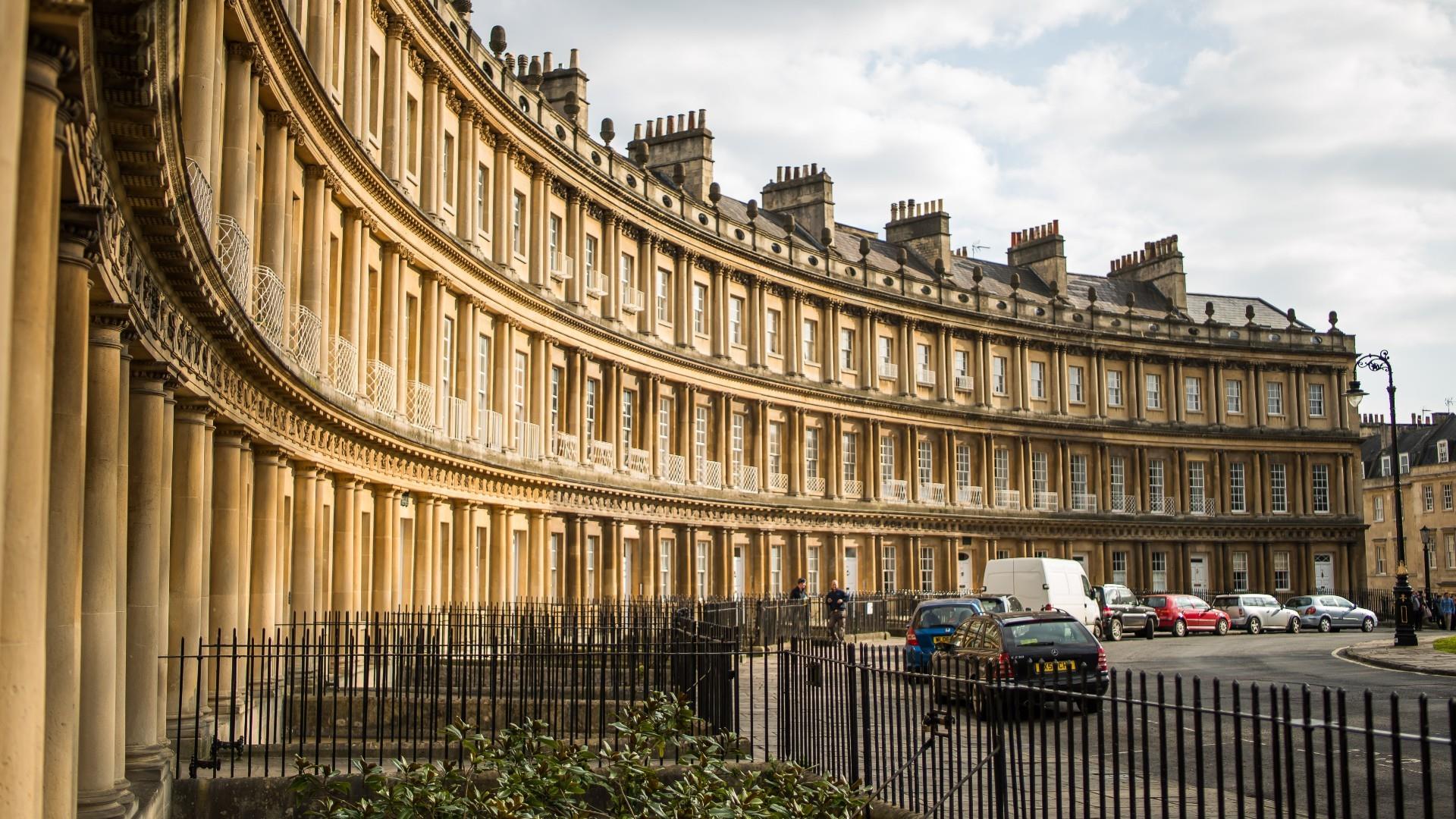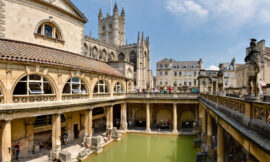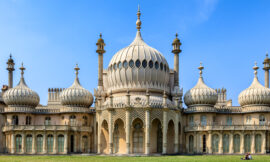Bath, a UNESCO World Heritage city located in the ceremonial county of Somerset in England, is renowned for its rich history, stunning architecture, and natural thermal springs. It stands as a testament to the ancient Roman and Georgian influences that have shaped its character, making it a unique and culturally significant destination.
Roman Baths: At the heart of Bath’s historical significance are the Roman Baths, ancient bathing and socializing complex built around the natural hot springs. These baths date back to the Roman period, around 60-70 AD, and remain remarkably well-preserved. Visitors can explore the various chambers, plunge pools, and the Great Bath itself, gaining insight into the bathing rituals of the Romans.
Bath Abbey: Adjacent to the Roman Baths is the magnificent Bath Abbey. This Gothic masterpiece boasts intricate architecture, stunning stained glass windows, and a history that spans centuries. The Abbey has been a place of worship since the 7th century, and its fan-vaulted ceiling is a highlight for architecture enthusiasts.
Georgian Architecture: Bath is celebrated for its harmonious Georgian architecture, predominantly seen in the iconic Royal Crescent and the Circus. The Royal Crescent, a crescent-shaped row of 30 terraced houses, exemplifies the Georgian style and is one of the most recognizable architectural landmarks in Bath. The Circus, another architectural gem, forms a circular space surrounded by Georgian townhouses.
Pulteney Bridge: Crossing the River Avon, Pulteney Bridge is a picturesque example of Georgian architecture and is lined with shops, reminiscent of the Ponte Vecchio in Florence. The bridge’s design is unique, with shops on both sides creating a charming connection between Bath’s historic city center and the newer developments.
Thermae Bath Spa: Modern-day visitors to Bath can experience the therapeutic properties of its natural hot springs at the Thermae Bath Spa. This contemporary spa, with its rooftop pool offering panoramic views of the city, allows guests to enjoy the rejuvenating waters much like the Romans did centuries ago.
Jane Austen Connection: Bath is also associated with the renowned English novelist Jane Austen. The city features prominently in several of her novels, most notably “Northanger Abbey” and “Persuasion.” The Jane Austen Centre in Bath offers a glimpse into the author’s life and the Regency era.
Cultural Festivals: Throughout the year, Bath hosts various cultural events and festivals, including the Bath Literature Festival, the Bath International Music Festival, and the Bath Film Festival. These events contribute to the city’s vibrant cultural scene, attracting artists, writers, and performers from around the world.
Bath’s Gardens and Parks: Bath is blessed with beautiful green spaces, such as the Parade Gardens and Sydney Gardens, where visitors can relax, enjoy scenic views, and appreciate the city’s natural surroundings.
Bath’s unique blend of history, architecture, and cultural vibrancy makes it a captivating destination for tourists and a source of pride for locals. Whether wandering through its historic streets, soaking in the healing waters, or admiring its architectural marvels, visitors to Bath are treated to an immersive experience that spans centuries of human civilization.



